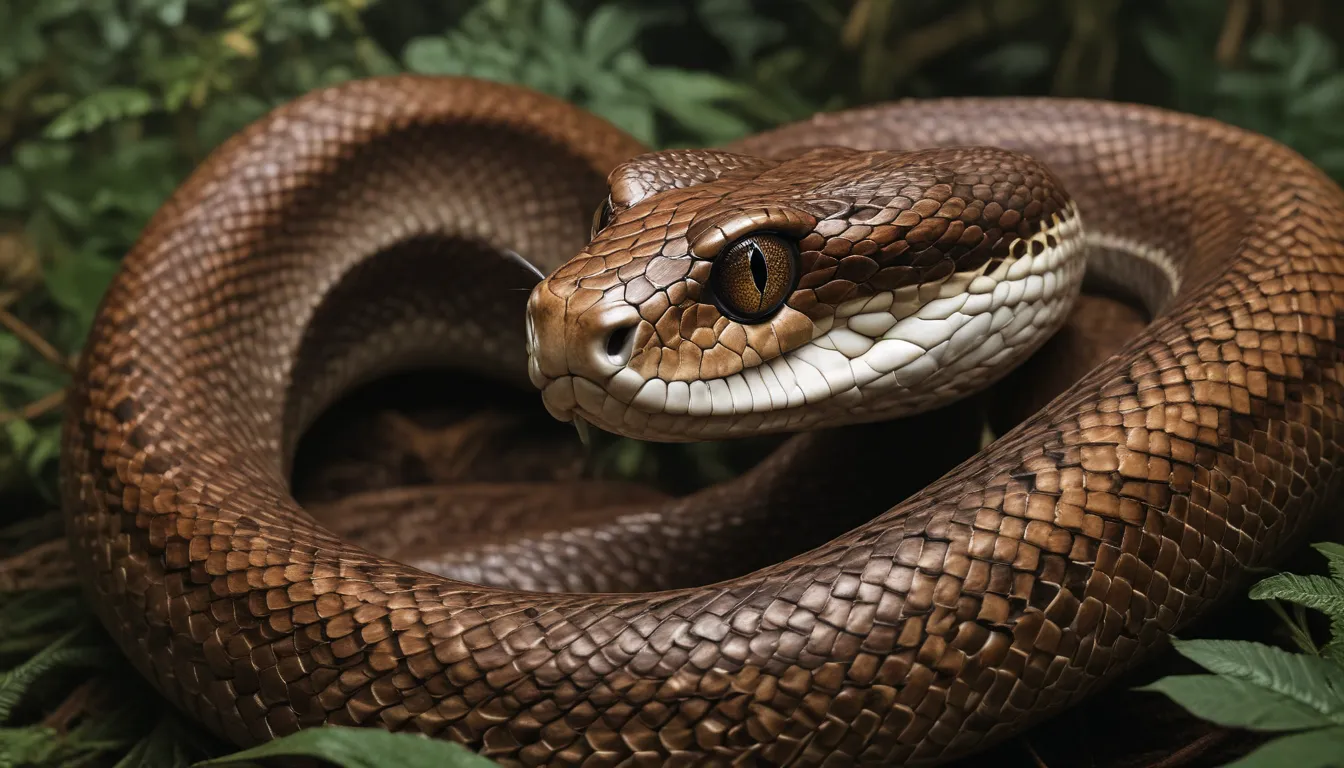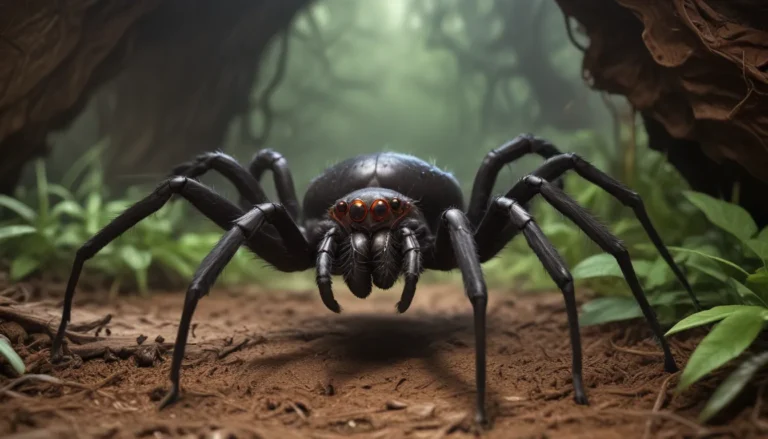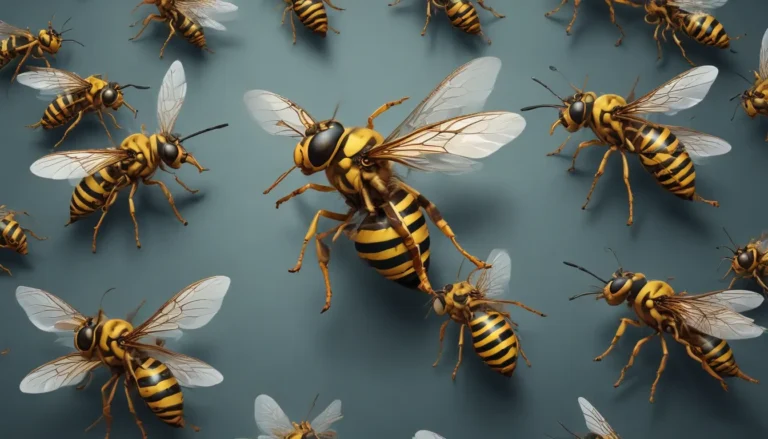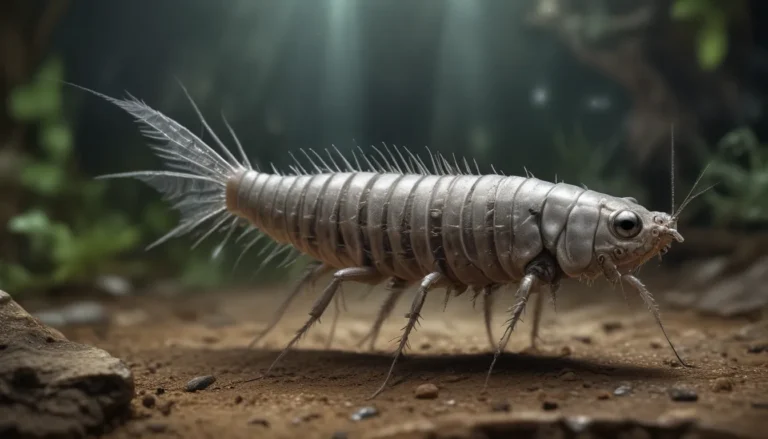The pictures we use in our articles might not show exactly what the words say. We choose these pictures to make you interested in reading more. The pictures work together with the words but don’t take their place. The words still tell you the important facts.
In the vast and diverse world of reptiles, rat snakes stand out as remarkable creatures that captivate both fear and curiosity. Belonging to the colubrid family, these non-venomous snakes are found in various regions across the globe, including North America, Asia, and Europe. Despite their reputation as expert hunters and climbers, rat snakes play a crucial role in maintaining ecological balance by controlling rodent populations in their habitats.
Exploring the Enigmatic World of Rat Snakes
Rat snakes possess a multitude of unique characteristics and behaviors that set them apart from other reptiles. Let's delve into nine surprising facts that will deepen your appreciation and understanding of these fascinating creatures.
1. Versatile Climbers and Swimmers
Rat snakes showcase remarkable agility in their movement, excelling as both climbers and swimmers. With their adept climbing skills, they can effortlessly scale trees and navigate vertical surfaces. Additionally, their proficiency in swimming allows them to maneuver through water bodies with ease, showcasing their adaptability in diverse environments.
2. Non-Venomous Nature
Contrary to their intimidating appearance, rat snakes are non-venomous reptiles. Instead of relying on venom to subdue their prey, these snakes utilize constriction as their primary method of hunting. This unique adaptation sets them apart from venomous snake species and highlights their efficient hunting capabilities.
3. Wide Range of Habitats
Rat snakes exhibit a high level of adaptability, thriving in various habitats ranging from forests and grasslands to urban areas. Their ability to inhabit diverse environments contributes to their widespread distribution across different regions of the world, showcasing their resilience and survival instincts.
4. Efficiency in Hunting
As adept ambush predators, rat snakes primarily feed on rodents, birds, and eggs. Their patience in waiting for prey, coupled with their swift and accurate strikes, enables them to maintain a well-balanced diet while playing a crucial role in controlling rodent populations in their ecosystems.
5. Impressive Lengths
Rat snakes are renowned for their sizable proportions, with certain species capable of reaching lengths of up to 10 feet. Their long, slender bodies facilitate seamless maneuverability through various terrains, showcasing their physical prowess and adaptability to different environments.
6. Masterful Camouflage
The unique coloration and patterns of rat snakes allow them to blend seamlessly with their surroundings, providing effective camouflage against potential predators. This innate ability to mimic their environment showcases their evolutionary adaptation for survival and serves as a fascinating aspect of their natural defense mechanisms.
7. Essential Role in Rodent Control
True to their name, rat snakes excel in hunting and consuming rodents such as rats and mice. By regulating rodent populations in their habitats, these snakes contribute significantly to maintaining ecological balance and preventing potential damage caused by an excess of rodents.
8. Diverse Defensive Mechanisms
When faced with threats, rat snakes deploy a range of defense mechanisms to protect themselves. From hissing and tail vibrations to the release of a foul-smelling musk, these strategies serve as deterrents against potential predators, highlighting their resourcefulness in ensuring their survival.
9. Symbolic Significance in Mythology
Throughout history, rat snakes have held symbolic importance in various cultural traditions and myths. Associated with traits such as wisdom, transformation, and fertility, these snakes have featured prominently in folklore worldwide, reflecting the enduring fascination and reverence they evoke in human societies.
Delving Deeper into Rat Snake Realms
Rat snakes' unique abilities and intriguing adaptations make them truly captivating creatures worth exploring further. Whether it's admiring the vibrant colors of the red bamboo rat snake, unraveling the enigmatic nature of the gray rat snake, or witnessing the fascinating behaviors of the Dione rat snake, there's a wealth of knowledge waiting to be uncovered about these astonishing reptiles.
Conclusion: Embracing the Wonders of Nature
In conclusion, rat snakes represent a harmonious blend of versatility, resilience, and ecological significance within the natural world. Whether encountered in the wild or kept as pets, these reptiles deserve our admiration and respect for their vital role in maintaining balance and diversity in ecosystems. By delving into the intricate details of rat snakes' lives and behaviors, we gain a deeper appreciation for the interconnectedness of all living beings and the beauty of nature's creations.
FAQs: Unraveling Common Queries About Rat Snakes
-
What is a rat snake?
A: Rat snakes are non-venomous reptiles belonging to the colubrid family, renowned for their adept rodent-hunting abilities and diverse habitats across the globe. -
Are rat snakes dangerous?
A: Rat snakes pose no direct threat to humans as they are non-venomous. It is advisable to maintain a safe distance and avoid provoking them, respecting their natural behaviors. -
What do rat snakes eat?
A: Rat snakes primarily prey on rodents such as mice and rats, but they also consume birds, eggs, lizards, and various small animals due to their opportunistic feeding habits. -
Can rat snakes be kept as pets?
A: Yes, rat snakes can serve as pets with proper care and suitable enclosures. Researching their specific needs is crucial before considering them as companions. -
How long do rat snakes live?
A: Rat snakes' lifespans vary depending on species and environmental factors. On average, they can live up to 15-20 years in the wild, with potential longevity in captivity under proper care. -
Are rat snakes beneficial to the ecosystem?
A: Yes, rat snakes play a crucial role in the ecosystem by controlling rodent populations, thereby aiding in maintaining balance and preventing ecological disruptions due to rodent overpopulation. -
Do rat snakes have predators?
A: Rat snakes face natural predators such as owls, hawks, eagles, raccoons, and coyotes. Their camouflage techniques and defensive behaviors help them evade potential threats in their habitats. -
Can rat snakes climb trees?
A: Yes, rat snakes exhibit excellent climbing abilities, utilizing their muscular bodies and sharp scales to scale trees effortlessly and navigate through branches with agility. -
Do rat snakes lay eggs or give live birth?
A: Rat snakes are oviparous, meaning they lay eggs. Female rat snakes lay a clutch of eggs that they incubate until hatching, with the number of eggs varying among species.
Embrace the Wonder of Rat Snakes
The enigmatic world of rat snakes offers a treasure trove of fascinating insights and revelations waiting to be uncovered. With their diverse characteristics, adaptive behaviors, and vital ecological roles, these reptiles stand as testament to the intricate beauty of the natural world. As you embark on a journey of exploration and discovery, let the wonders of rat snakes inspire awe and appreciation for the marvels of the animal kingdom.






